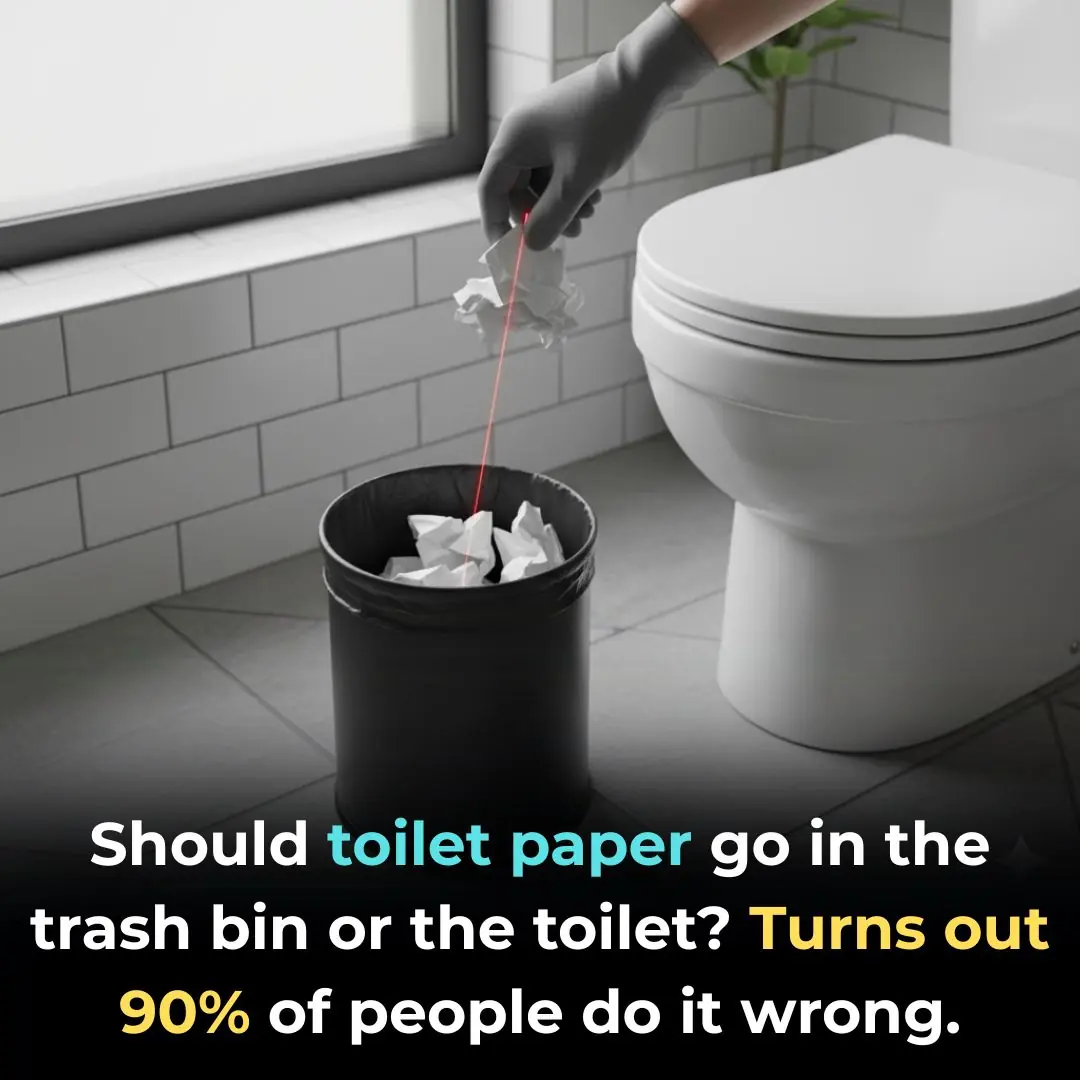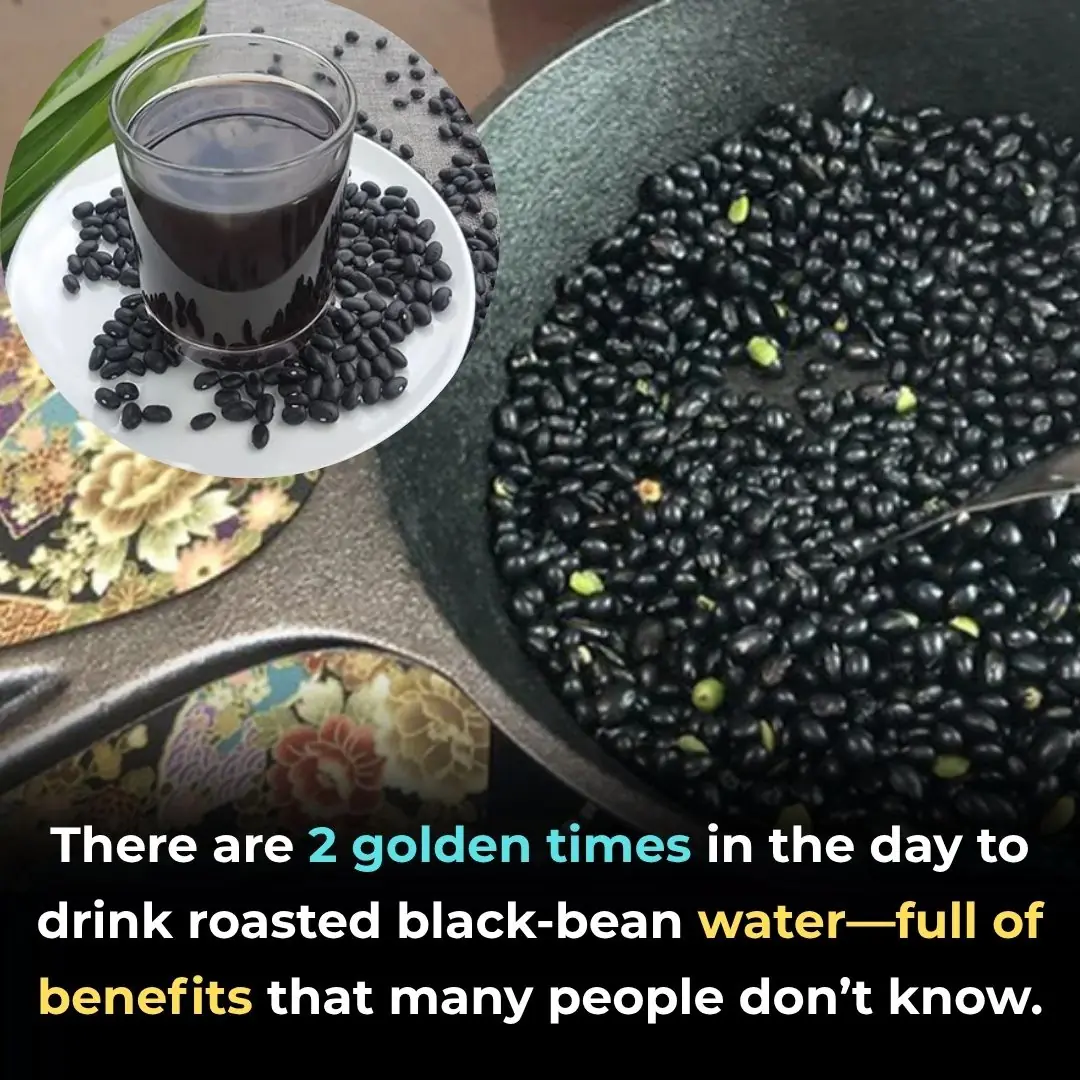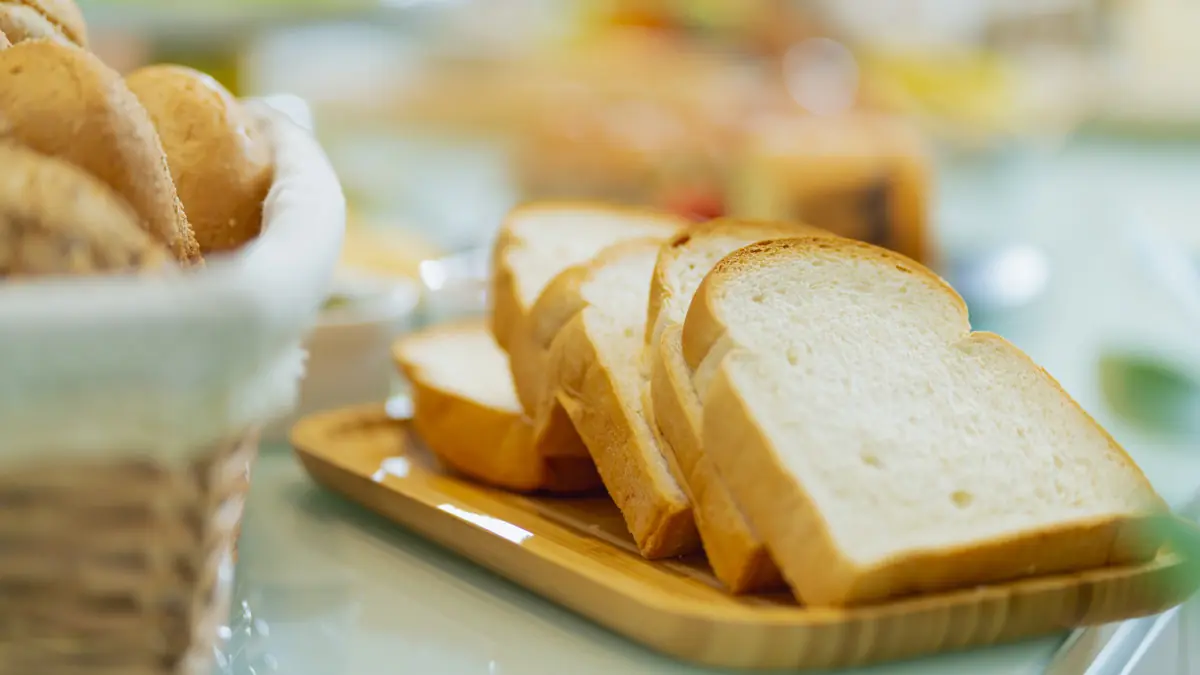
Why Electric Kettles Are Rare in Western Homes — Despite Their Convenience
In many Asian countries — from Vietnam to Japan — electric kettles are an essential household appliance. With their powerful heating element, they can boil water in just a few minutes — perfect for making tea, coffee, instant noodles, or even preparing baby formula.
Yet, if you travel to the United States, you might be surprised to find that few households own one. Instead, Americans often heat water using microwaves or stovetop kettles. So why do Westerners, particularly Americans, use electric kettles so rarely — despite how fast and efficient they are?
⚙️ 1. It’s All About Voltage
The biggest reason comes down to electricity standards.
Most U.S. households operate on 120 volts, while countries like the U.K., Australia, and most of Asia use 220–240 volts. This means that in America, electric kettles heat water almost twice as slowly as they do elsewhere.
According to Energy.gov (2024), a 120V outlet simply cannot deliver enough power for a heating element to reach the high wattage that electric kettles require to boil water quickly.
A standard electric kettle in Vietnam or Europe runs at 2,000–2,400 watts, boiling a liter of water in under 3 minutes. In contrast, a 120V kettle in the U.S. rarely exceeds 1,500 watts, taking 6–8 minutes to achieve the same result — which makes it less convenient than a stovetop kettle or even a microwave.
As BBC Future (2023) put it:
“It’s not that Americans don’t like convenience — their power system just wasn’t designed for fast-boiling water.”
☕ 2. Cultural Habits: Coffee vs. Tea
Beyond voltage, culture plays a huge role.
In many Asian countries, hot water is used several times a day — for tea, instant noodles, herbal drinks, or even cooking. Having boiling water ready is part of the daily rhythm.
But in the U.S., coffee dominates.
Data from the National Coffee Association (2023) shows that 65% of American adults drink coffee daily, compared with just 25% who drink tea.
And because coffee preparation is so central to American culture, coffee machines replaced kettles decades ago. Drip brewers, Keurigs, and espresso machines heat just enough water for coffee — eliminating the need for a kettle altogether.
In the U.K., by contrast, where tea remains a national obsession, 96% of homes own an electric kettle (The Guardian, 2022).
🔌 3. Plumbing, Kitchen Space, and Appliance Preferences
Another subtle factor: kitchen layout and appliance habits.
Western kitchens tend to have larger stoves and built-in coffee makers, while Asian kitchens emphasize portable electric appliances like rice cookers and kettles.
In small apartments or dorms, an electric kettle makes perfect sense. But in suburban U.S. homes, the stovetop is already there — so why add another gadget?
In addition, the U.S. market leans toward multi-functional appliances.
Consumer Reports (2023) noted that many Americans prefer “smart” coffee machines or combination toasters that heat water, brew coffee, and toast bread — all in one device.
⚠️ 4. How to Use Electric Kettles Safely
Although electric kettles are incredibly convenient, improper use can shorten their lifespan or even pose safety risks. Experts recommend keeping these guidelines in mind:
🕒 Avoid Boiling Continuously
Allow your kettle to rest between uses. Continuous boiling overheats the heating plate and may cause short circuits or even small electrical fires.
💧 Don’t Empty It Immediately After Boiling
After the kettle switches off, the base remains extremely hot. Pouring all the water out immediately can damage the heating element. Leave a small amount (about 15 ml) to cool it gradually.
🔒 Always Close the Lid When Boiling
Leaving the lid open increases boiling time and electricity use — and may prevent the auto shut-off from triggering. Overheating could warp the plastic body or cause burns.
📏 Watch the “Min” and “Max” Lines
Every kettle has a minimum and maximum fill line.
-
Less than Min: the element might overheat and burn.
-
More than Max: boiling water can overflow, leading to electrical short circuits.
🔌 Unplug When Not in Use
Always unplug the kettle after use. Even when idle, the switch can malfunction and cause it to reheat unexpectedly — a common cause of home electrical accidents (CNET Safety Report, 2023).
🚿 Avoid Storing Water Inside
Leaving water overnight promotes lime scale buildup, rust, and mineral deposits that damage heating efficiency and reduce the kettle’s lifespan. Empty it after every use.
🧽 Clean Regularly
Mineral deposits form over time — especially in areas with hard water.
The U.S. Department of Energy (2023) advises descaling every 2–3 weeks using vinegar or citric acid. This keeps the sensor accurate and maintains energy efficiency.
🌎 A Matter of Habit — and Infrastructure
In short, it’s not that Westerners dislike electric kettles — they simply don’t need them as much, and their electrical systems make them less efficient.
-
Voltage: 120V in the U.S. = slower heating
-
Culture: Coffee culture over tea culture
-
Appliances: Stovetops and coffee makers fill the same role
Meanwhile, in Asia and the U.K., electric kettles remain a kitchen staple because they suit both lifestyle and infrastructure.
As The Guardian (2022) humorously summed up:
“If you drink tea, you need a kettle. If you drink coffee, your kettle gathers dust.”
News in the same category


7 Subtle Health Problems That Could Be Early Warning Signs of Cancer

‘Learn How to Drive!’: Connecticut Karen Embarrasses Her Husband and Herself Over Parking Spot That Was Never Blocked

Meet Demi Johnson, the Teen Scientist Helping Restore Oyster Reefs in Mississippi

Detroit Couple Celebrates Their 75th Wedding Anniversary And Credit Communication As The Key To A Lasting Marriage

This Mom Got Illinois To Sign A Law Banning Hair Discrimination In Schools

These Multilingual Siblings Have Created A Virtual Academy To Teach People How To Speak Other Languages

This Mother and Daughter Got The Chance To Serve On The Same U.S. Navy Ship Together

Mara Brock-Akil Set to Reimagine Judy Blume Classic for Netflix

Scientists finally reveal if pouring coffee down drain harms environment after woman fined $200

People deeply disturbed as Amazon announce new dystopian way to track its drivers

3 Surprising Health Benefits of Using a Bidet — for You and the Planet

The Two Golden Times of Day to Drink Roasted Black Bean Water — A Small Habit With Big Health Benefits

Millions Are Seasoning Food the Wrong Way — Making Meals Less Tasty and Potentially Toxic

8 Types of Women Most at Risk for Breast Cancer — Are You One of Them?

8 Subtle Bathroom Signs That Could Indicate Cancer — Don’t Ignore Them

Previously Homeless Veteran and Mother of 6 Becomes A First-Generation College Graduate

Baileigh Sinaman-Daniel Makes NCAA History as First One-Armed Women’s Basketball Player to Score in a Game

California Teen Goes From Compton To Harvard To Oxford As A Rhodes Scholar
News Post

Mix Castor Oil and Rosemary — The 7-Day Results Will Surprise You

This Is What Happens to Your Body the Day You Stop Eating Bread

14 Symptoms of Liver Damage You Need to Know

Prepare Ginger This Way to Prevent Cancer, Reduce Cholesterol, and Lower Blood Sugar Levels

Chimp Smiles for the Camera — While Stealing a Dog, Then Does the Unexpected

Prayers for Chaden: A Racer’s Fight Beyond the Track

From Shoplifting Call to Saving Lives: The Story of TJ and Max.

More Than Just a Car: A Lifetime in Metal and Memories.

The Man Who Carried an Elephant.

Firefighters Build a New Path of Dignity for an Elderly Woman.

Murphy the Eagle Who Loved a Rock—Until Life Gave Him a Real Chick.

The Touch That Broke Our Hearts.

A Table in the Garage.

The Power of Simply Sitting Beside Someone.

The Spiritual Meaning of White Butterflies in Your Home

If You Find A Tick Inside Your Home, Here’s What You Need To Know

The Power of Tamarind Fruits: Sweet, Sour & Supercharged with Health Benefits

5 Health Benefits and Uses of Dandelion

The Benefits and Uses of Foxtail Grass
